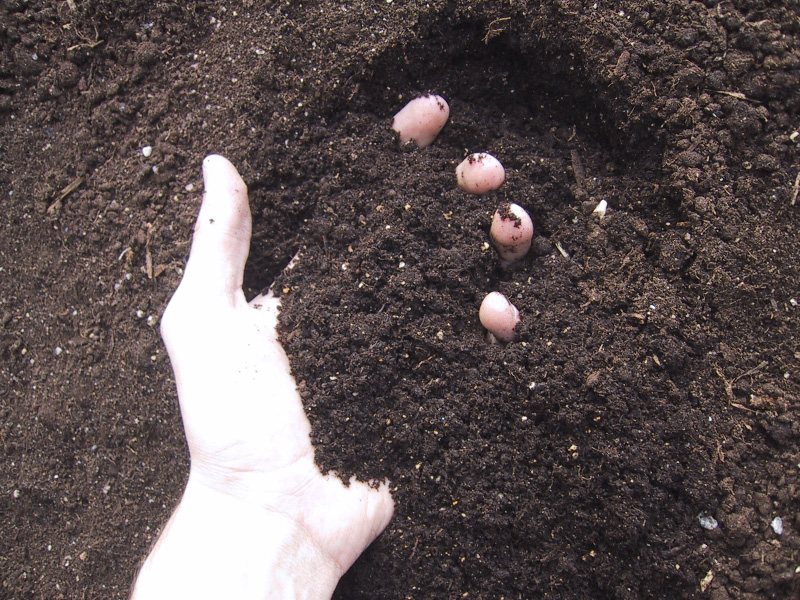It’s not just gardens that need soil – there’s a growing body of evidence that says that people need it too. In fact, connection with the soil is implicated in the prevention of allergies, asthma and some mental disorders. There are some very good reasons why we should all be getting down and dirty.
Soil creatures great and small
We all know about earthworms and how good they are for the soil, incorporating dead and decaying matter, aerating and generally improving things. The well-known worm appreciator Charles Darwin once wrote: “It may be doubted whether there are many other animals which have played so important a part in the history of the world, as have these lowly organised creatures.” But, just as vital to soil, plant and ultimately our health, are billions of microscopic soil organisms. Get this – just one spoonful of soil contains more microorganisms than there are people on the earth. Don’t rush to wash your hands (again) – some of them are good for us.
Micorrhizae and soil bacteria
Gardeners have lately been introduced to the benefits of a substance containing Micorrhizae – tiny fungi that form mutualistic associations with plant roots, helping plants to obtain nutrients that they can’t otherwise access, in return for sugars and minerals. Sprinkling a powder containing the mycorrhizae directly on to plant roots when planting will help them to establish and grow more strongly.
Bacteria are found in vast numbers in the rhizosphere (the area around the roots of plants) and their actions work in a similar way to the beneficial bacteria within the digestive systems of animals. One group, called Rhizobia, live in symbiosis with leguminous plants (peas, beans, lupins) in root nodules. These fix atmospheric nitrogen and make it available to the plant in return for shelter and sugar (sounds familiar).
Some bacteria are pathogens to be avoided, but many, like the rhizobia, are vital to plant health, and the rest we have no clue about, as only five per cent of the bacteria in soil has been identified as yet. It’s becoming clear that there are huge implications for the health of our planet in the microbiome, and the more we’re discovering about this darkly mysterious world, the more interesting it’s getting. It’s already known that children playing outside and interacting with the soil are much less likely to develop allergies and other immune system disorders, and now scientists have discovered that being near to one particular bacterium, Mycobacterium vaccae, could even help cure depression, causing us to produce serotonin, the hormone that improves our mood. Before we rush out for a mood enhancing mud bath though, there’s some soil improvement to be considered.
Know your soil
Understanding your soil will give you an indication of what is going to thrive in your plot. There are several types of soil, derived from tiny particles of the rocks from which they’re formed: sand, clay, silt, chalk and peat being the main ones. Then there’s the acidity level which, combined with soil type, will determine which plants will happily grow in the space. You can buy soil-testing kits that show how acid or alkaline your soil is (most hovers around the neutral mark), but you can easily test soil with your hands, or a jam jar filled with soil and water:
Soil Test – hand
You don’t need a soil-testing kit necessarily, although this will give you a good idea of the soil’s pH (how acidic/alkaline it is). Go out to your plot and take a small trowelful of soil from just under the surface. Take a handful and squeeze it, then open out your hand again. If the soil stays in a ball, or feels sticky to the touch, it is clay. If, on the other hand, the handful feels gritty – you can easily see the particles – and it won’t stay in a ball, even when wet, then it is sandy. The holy grail of soil is loam, which when squeezed will almost form a ball and then crumble nicely into a heap again. These are the three main types of soil, but yours could also be silty (silky, almost soapy to the touch) or peaty (spongy and fibrous).
Soil Test – with a jam jar
Half fill a jam jar with a sample of soil, taken again from just under the surface. Fill to near the top with water and screw the lid back on tightly. Shake the jar thoroughly and leave it on the side for an hour or two. When you go back to look at it, it should have separated into layers, with the heaviest, largest particles at the bottom and the finest, smallest nearer the top. If there’s a lot of stuff floating on top of the water, that’s called humus (no, not the Greek dip). Humus is mainly decomposed plant and animal waste and, if there’s lots of it, be pleased – it’s a good sign. Humus helps the fertility and the structure of the soil. Sandy soils will have a large proportion of big particles (the bottom layer) and clay soils will have a bigger top layer. The loam will be roughly even. If your jar still looks cloudy, or there doesn’t seem to be much of a bottom layer at all, then the soil is silty – which means that the particles are very fine. If the water is chock-full of floating debris, it may be peaty (do a pH test to see how acidic it is).
Clay soil
Clay can turn out to be one of the best soils – in the end. It is fertile and tends to be slightly alkaline, which many vegetables – especially brassicas – appreciate. The main problem is that it is hard to work, it’s claggy through the winter, slow to warm in spring, and then becomes like concrete until the autumn. To improve clay soil, just keep adding bulky organic matter and grit. Clay and silty soils can be prone to forming pans of compacted soil, either on or under the surface, leading to problems with drainage and poor penetration of plant roots. If your soil is badly compacted, you will need to (cancel your gym membership and enjoy some outdoor workouts) dig down and break up the compacted areas, incorporating organic matter – this can be homemade compost, well-rotted manure or spent mushroom compost.
Sandy soil
This is lovely and easy to work, fast to warm, so the season can start earlier. The problem with this type of soil, however, is that it is very free-draining, so water and the precious nutrients dissolved in it leach quickly out of the soil, leaving it parched and dry. Adding bulky organic matter will help sandy soil retain moisture and improve its fertility.
Make some compost
There are two main types of compostable material – nitrogen releasing, or ‘green’ waste (grass clippings, veg peelings etc) and carbon releasing, or ‘brown’ waste (shredded stems, paper and card). These need to be added to the compost heap in roughly equal measures and also be well mixed. If too much ‘green’ stuff is added, the heap will become a stinky mush and if too much ‘brown’ stuff is put on it will take ages for the heap to rot down at all. The other vital ingredients to the compost heap are air and water. The heap needs to be moist, but not wet. You can speed up the rate of decomposition by adding activators like manure, existing well-rotted compost, garden soil, or shop-bought activators. Peeing on your heap is extra planet saving, as it also saves on flushing but watch out for (among other things) brambles and wasp’s nests. Regular mixing or turning over of the ingredients in your heap will also help it rot down more quickly. This is how the ‘tumbling’ compost bins are able to make compost so quickly.
Leaf mould
Leaves can be incorporated into the existing compost heap or, for a superior product, make a separate heap (or use a perforated black plastic bag) for leaves. It will take longer to rot down than ordinary compost (up to 2-3 years), but is gorgeous once it does, highly prized as a component of potting compost, or as a fine grade mulch.
Green manure
Often clover, peas or other legumes that fix atmospheric nitrogen are sown in the ground where the crop is to grow and then dug in, so that the fertilising nitrogen is released as the plants decay. They have the additional advantage of preventing soil and nutrients being lost in winter weather – and (hooray) keeping out weeds.
I’ll contemplate the microbial population (of Europe) lurking under my nails with fresh interest and less shame in future, although I still lament the fact that nail varnish is a pointless addition to my Christmas list. If you’re now doing the same, take comfort in the benefits that come along with a healthy dose of dirt. Let’s get on with that mud bath! Happy Gardening.
TEST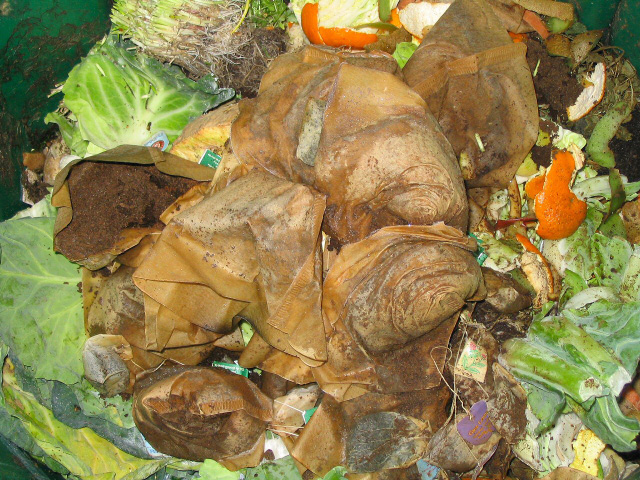
There are two main types of compostable material – nitrogen releasing, or ‘green’ waste (grass clippings, veg peelings etc) and carbon releasing, or ‘brown’ waste (shredded stems, paper and card)
TEST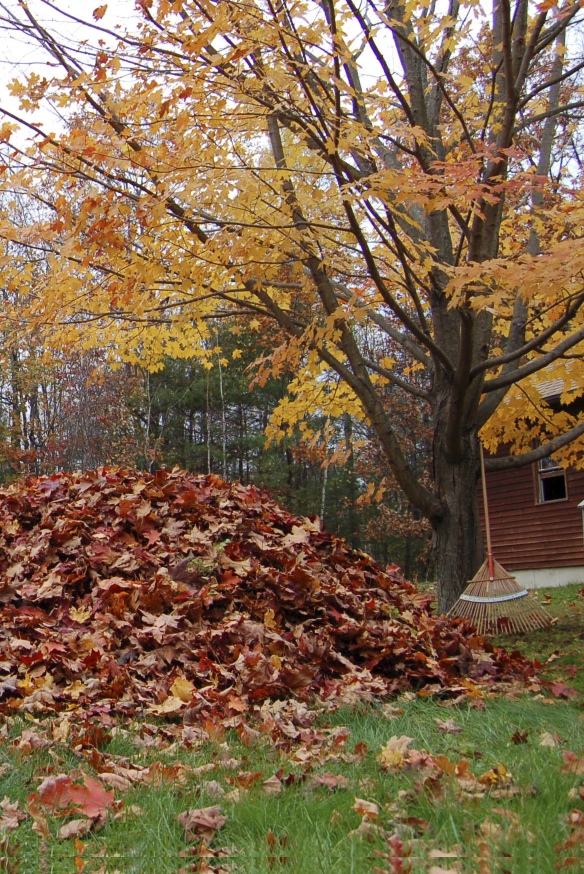
Leaves can be incorporated into the existing compost heap or, for a superior product, make a separate heap (or use a perforated black plastic bag) for leaves
TEST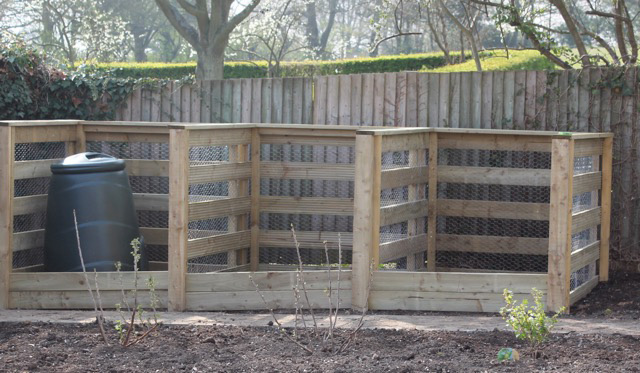
Understanding your soil will give you an indication of what is going to thrive in your plot
TEST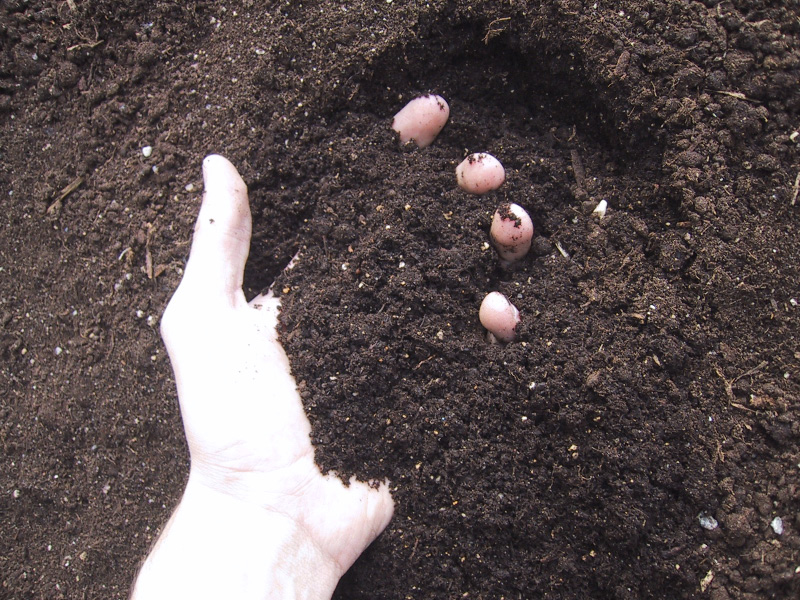
Connection with the soil is implicated in the prevention of allergies, asthma and some mental disorders
TEST
The tools of the trade
- words: Jo Arnell
You may also like
In the Night Garden
Jo Arnell explains how to make the most of your outdoor space once darkness falls Some enchanted evening you may see me outside – mainly searching for slugs in the garden, because the cool hours of night are when they...
Contain your excitement
Jen Stuart-Smith discusses how to get creative with your pots and planters My love affair with plants started with houseplants when I was a child. As my bedroom windowsill overflowed – resulting, occasionally, in waking up with compost under my...
More than just a pretty face
Jen Stuart-Smith explores the multiple uses of some easy-to-grow garden favourites When you grow flowers for their beauty, shape and colour it can be easy to forget all the other qualities they have to offer. Some are edible, others provide...
